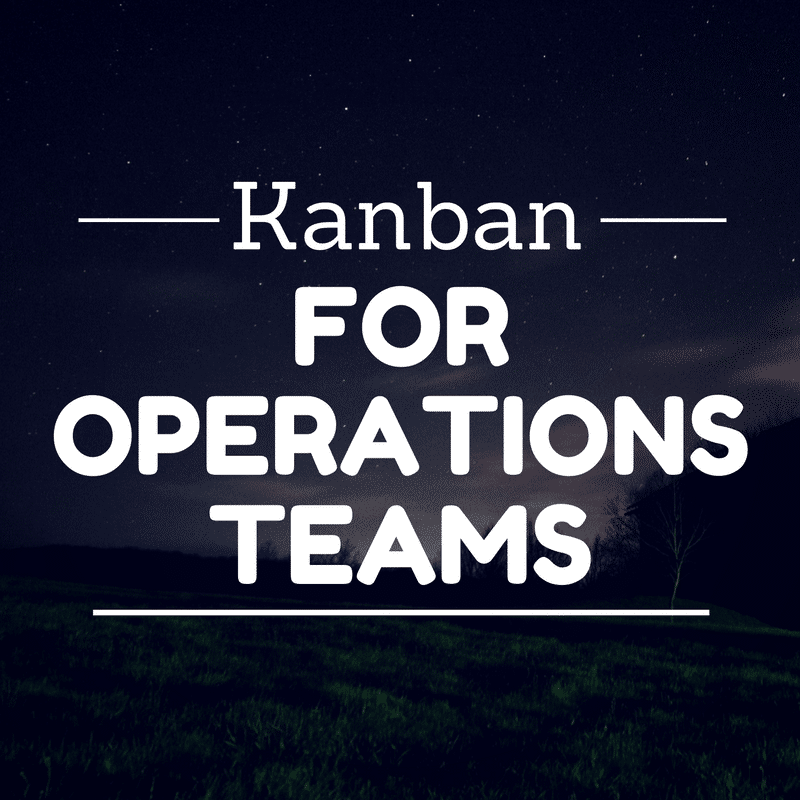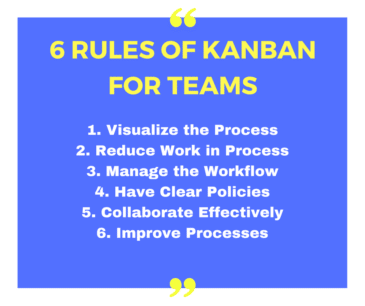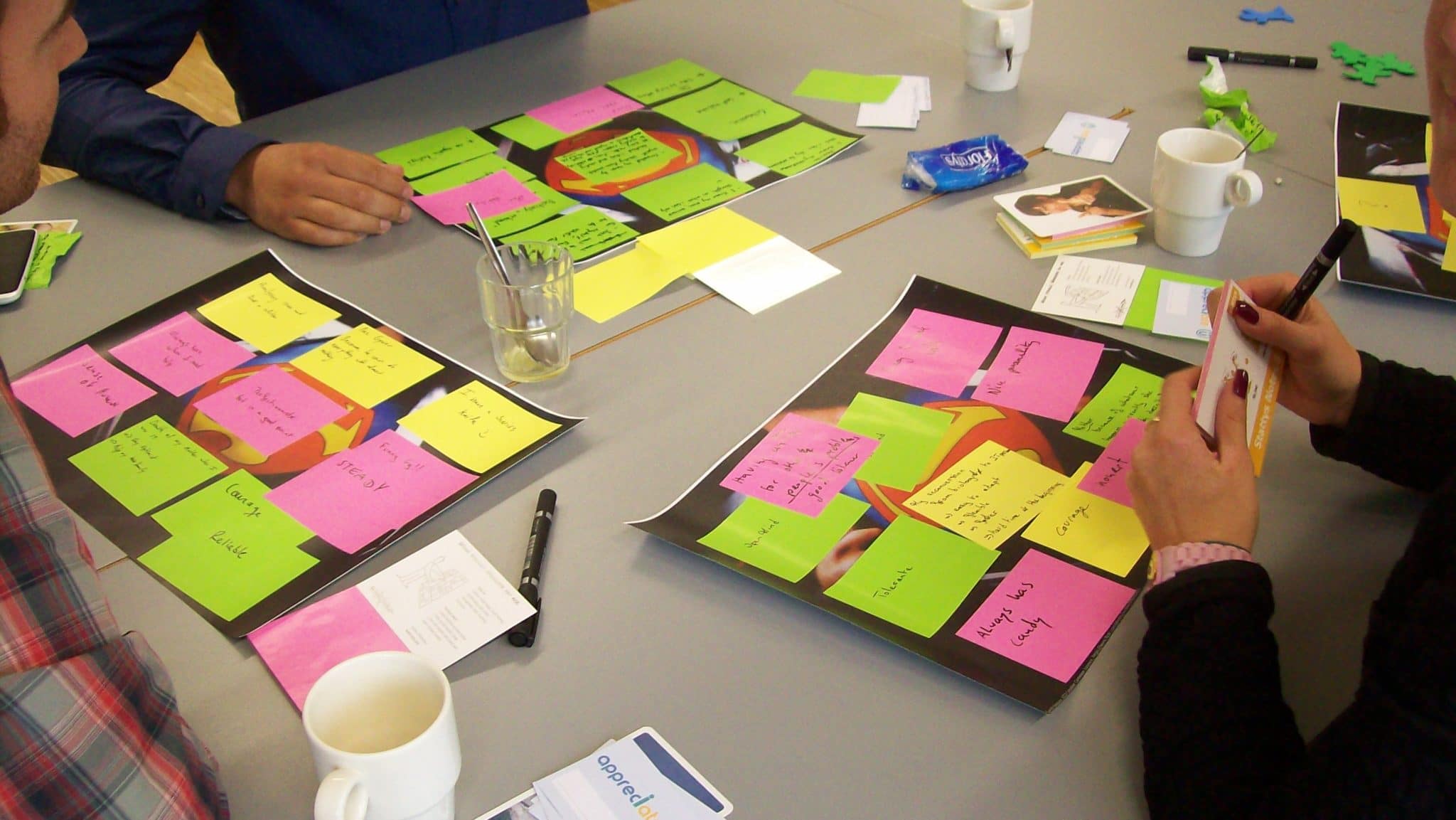Managing a project and bringing it to completion requires the use of diverse tools and techniques. Kanban boards represent one of the best tools for project management. It helps bring together operations teams around a common goal by managing processes instead of resources and time. The rise of online process management boards has revolutionized this famous tool.
The Japanese Process Improvement Tool
Kanban is the Japanese word for billboard and signboard. It is the name of a system that helps manage schedules in manufacturing, projects, and more. It was originally developed by Taiichi Ohno. He was a Japanese industrial engineer for Toyota. It was developed to improve efficiency and help adopt Just-In-Time manufacturing systems.
By aligning inventory with actual consumption, it serves to establish a limit on work in progress inventory. Think of it as demand pulling production rather than production pushing demand. This queue limiting behavior allows systems to increase their efficiency while lowering costs. According to the Forbes, the costs of excess inventory can be huge.
Toyota used their new system to align inventory levels with sales. Sales would pull production(and inventory) through the system. Basically, each team would use a Kanban Board for operations to communicate their inventory needs in real time. When a team needed new parts to work on, they would send this card with their part needs back to the preceding part of the factory line. Eventually, it would work back to the warehouse. This meant that many bottlenecks on the factory floor were eliminated.
The cards that were used had visual cues and followed a standardized pattern with set processes. These cards were easy to understand and the read. Because of these properties. This tool has found significant success in bringing about positive improvements in quality and productivity. It’s expanded beyond the manufacturing industry to just about any industry that produces a product or service.
As mentioned, it has branched out of its roots into many different industries. Many of the ideas were expanded upon by other great minds in process improvement, like Eliyahu Goldratt. His Theory of Constraints formed the basis for the development of the Kanban Method. It’s a methodology that is focused on understanding complex systems, making sense of what may seem like chaos and serves as a way to improve processes and problems.
4 Ways They Can Improve Your Teams
At this stage, most readers are probably wondering how these boards can actually help improve their teams. There many ways that they can help improve team management, but here are just 4 ways. Once a team has adopted these methods, the sky is the limit. Teams will constantly discover new ways that it can help their team become more efficient.
1. These boards are great for visualizing the entire process from start to end. The entire team can see the entire process and see their part in the process.
2. Team members can visual impediments and roadblocks in the way of progress. By visualizing these issues, they can work to overcome them.
3. Work estimates can be improved. By breaking up the processes and having a regular update on the progress, work time estimates can be substantially improved. Any bottlenecks can be reduced by shifting resources.
4. Manage processes instead of resources or time. It can put traditional project management on its ear. Instead of trying to manage limited resources or limited time, the processes themselves are managed and improved.
 The 6 Rules for Teams
The 6 Rules for Teams
Operations teams that are getting ready to implement Kanban for operations teams need to keep 6 rules in mind as they begin implementing boards in their team. Keep in mind the that there is an overarching goal in mind for these 6 rules. The famous process improvement guru Eliyahu Goldratt summed it up well when he said:
“The goal is not to improve one measurement in isolation. The goal is to reduce operational expenses AND reduce inventories and increase throughput simultaneously.”
1. Visualize the Process: The human brain processes images 60,000 times faster than words. Let that sink in for a moment. Understanding increases substantially with less chance for errors.
2. Reduce Work in Process: Limit how much work is unfinished and waiting to be worked on. This reduces bottlenecks by introducing a constraint. Constraints are the lifeblood of any optimization solution.
3. Manage the WorkFlow: It’s very important that the boards are used to manage the workflow. By having the entire process flow mapped out, it’s easy to see which areas need more attention.
4. Have Clear Policies: Policies surrounding the board need to be clear and fixed.
5. Collaborate Effectively: Since teams know their places in the project, they can more clearly see their objectives. By extension, they are in a better position to collaborate with other members of the team as well as other teams involved in the process. Any feedback from the collaboration is important.
6. Improve Processes: While many methods can help finish a project, these boards can help improve the processes along the way. These will lead to efficiencies in the use of resources and time.
Should Operations Teams Adopt Traditional or Online Boards?
Without a doubt, online Kanban boards are the future and present. Toyota used paper boards back when they originally implemented the method. Other companies have used chalkboards and whiteboards to implement boards in their business. If Toyota had developed their revolutionary system in 2010, it’s quite likely they would have used tablets or IPads to serve as their boards. Traditional boards just don’t offer the benefits that online boards do.
5 Reasons Why Online Kanban Boards Are More Efficient
1. Everything is available to all team members: Team members can view items at any time and anywhere. Everything is up to date.
2. Stakeholders can check on progress at any time. As long as stakeholders understand the terminology of the board, they can see exactly where the project stands at any time.
3. Processes and flow can be updated whenever needed. The flexibility of online boards ensures that these two important characteristics are understood.
4. Changes are tracked. While the process is transparent by nature, by having the boards online, everyone knows who made any changes that are made.
5. Multiple boards can be linked together. Traditional boards may not be easily linked, but online boards are easily linked so it’s possible to see the relationships between different teams and team members.
This Japanese improvement tool makes many promises and since developed in the 1940’s, it has kept its promises. From engineering to project management, it’s a great tool for visualizing processes, managing workflow and helping operations teams to bring the project to completion on time and within budget. With the use of online tools, it’s clear that it represents a great opportunity for teams to improve their performance.

 The 6 Rules for Teams
The 6 Rules for Teams




